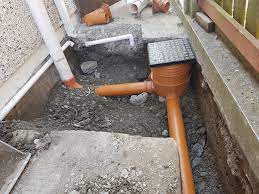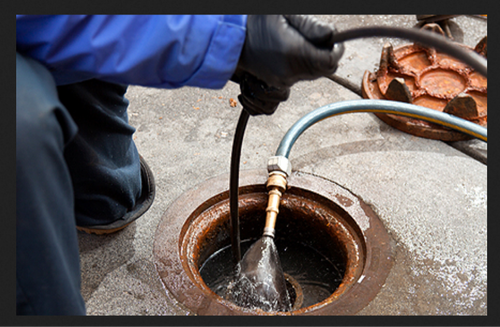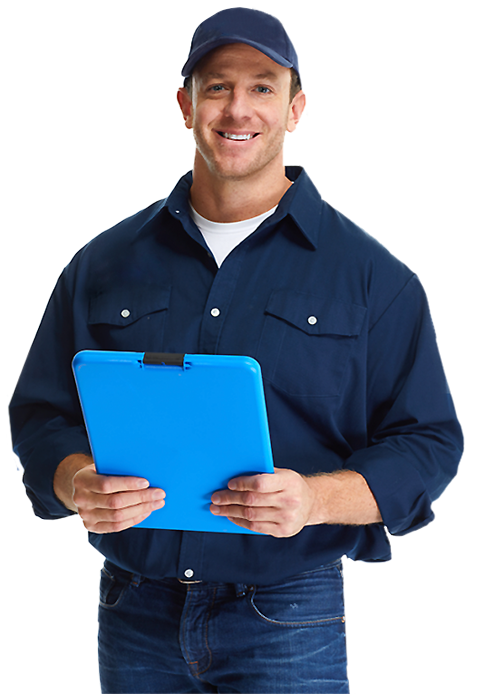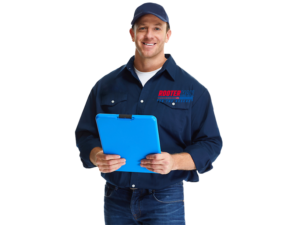
Main drains, referred to as main drainpipes or main sewer lines, are the main channels that transport wastewater and sewage from your home or building. Consider them as the main roads in a complicated system of pipes for plumbing.
This is the information you should be aware of: Main sewer lines gather wastewater from different fixtures (sinks, toilets, showers) in your house and direct it to the city’s sewer system.
These drains are located underground, usually running at a right angle to the
sewer main. They slope downwards to encourage the movement of waste away
from your premises.
Frequent problems: Obstructions in primary sewer lines can result from a build-up of debris (like baby wipes, feminine products, or too much toilet paper), tree roots invading the pipes, or damaged segments in the plumbing setup.



To ensure your primary drains work properly, think about taking these preventative steps:
Be cautious of what you put down the drain: Do not pour coffee grounds, grease, or items that can form blockages in the sink. To help clear food particles down the pipe, ensure to run a good amount of cold water while using a garbage disposal.
Routine upkeep: Regularly cleanse strainers and pop-up stoppers. Only use a small quantity of toilet paper in the toilet and put other things in the garbage can.
Deal with slow drains quickly: If you see slow drainage, address it promptly to avoid larger problems in the main drain line.
Keep in mind that taking care of main drains properly is essential for maintaining a healthy plumbing system. If you experience frequent blockages or believe there is an issue, seek advice from a licensed plumber. Stay updated and ensure proper drainage maintenance

